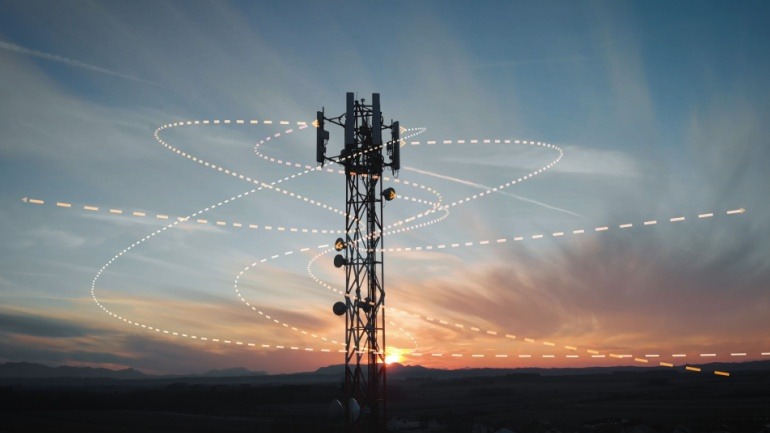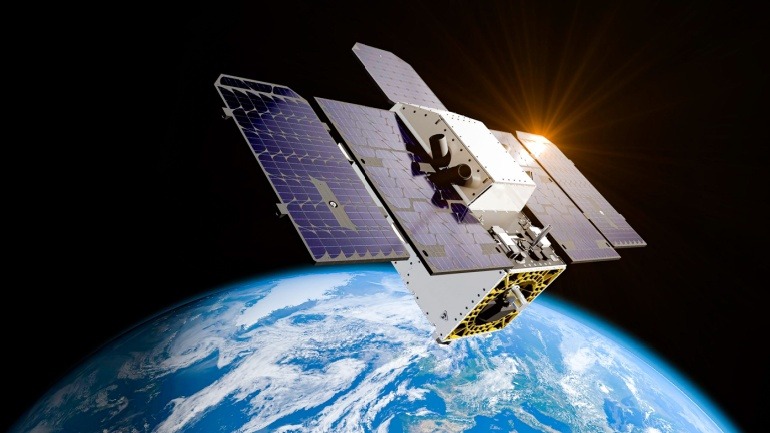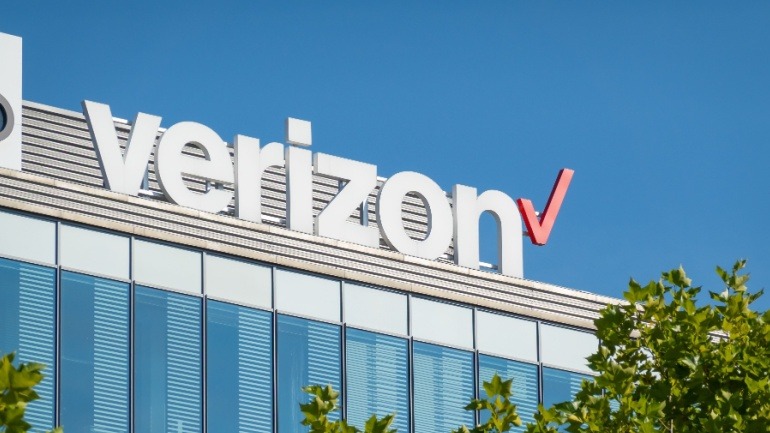Last month, AST SpaceMobile secured a partnership with Verizon to leverage its upcoming satellite network for comprehensive connectivity across the U.S. Since then, the company’s value has surged, with its share price climbing 70%, marking its highest level since November 2022.
Verizon plans to invest $100 million in AST SpaceMobile to enable satellite-based cellular service for its customers using the 850 MHz spectrum. This initiative aims to enhance service in America’s most rural areas, where mobile coverage is currently poor or nonexistent.
Under the terms of the agreement, $65 million of the investment will be in commercial prepayments, while the remaining $35 million will be in convertible notes. AST SpaceMobile CEO Abel Avellan highlighted the deal’s potential to “eliminate dead zones and empower remote areas of the country with space-based connectivity.”
Srini Kalapala, Verizon’s SVP of Technology and Product Development, emphasized the importance of this partnership in a press release, stating it would allow Verizon to use its spectrum alongside AST’s satellite network to deliver essential connectivity in areas unreachable by traditional land-based infrastructure.
Based in Texas, AST SpaceMobile has partnerships with over 45 mobile network operators worldwide, collectively serving more than 2.8 billion subscribers. Among these partners is Verizon’s competitor AT&T, though financial details of that arrangement remain undisclosed. The companies’ collaboration extends until 2030, building on a prior Memorandum of Understanding.
Founded in 2017, AST SpaceMobile reported a net loss of $39.8 million in the first quarter of this year, primarily due to high engineering and development expenses. Despite these losses, the company remains in its investment phase, aiming to fund the launch of 243 satellites for its full constellation. The first commercial satellite is scheduled to launch later this year, with approximately 100 satellites needed to achieve global coverage.







